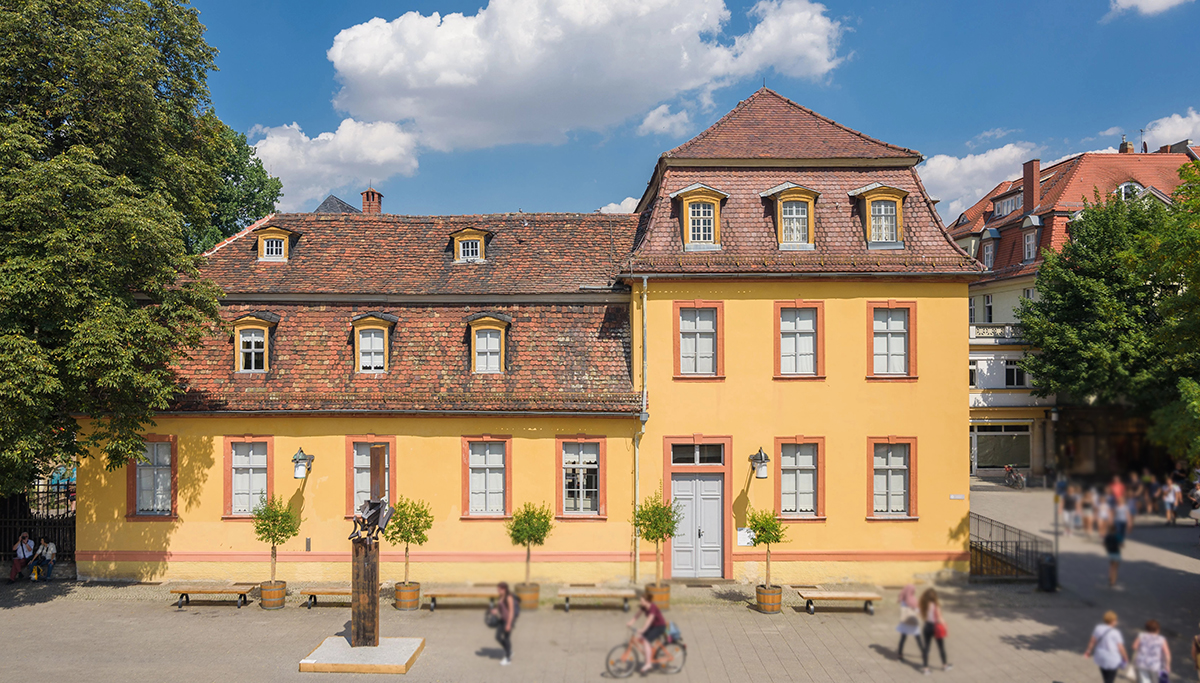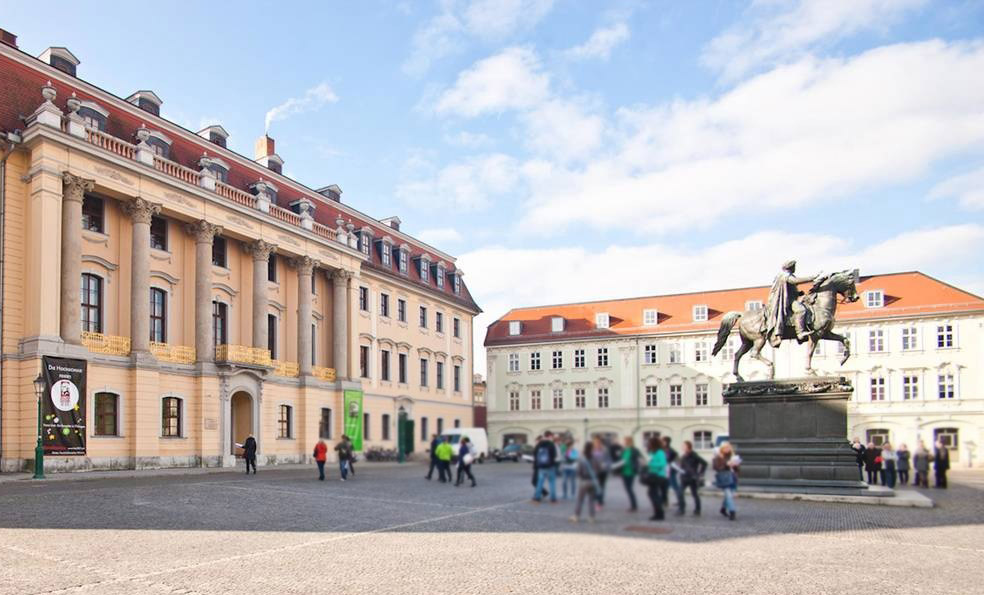Modernes Weimar: Neues Bauen am Horn Weimar
Audio Guide Modernes Weimar: Neues Bauen am Horn
"Modern Weimar: New Building at the Horn" is a historical and architectural project associated with the development of modern art and architecture in Germany in the early 20th century. This project is linked to prominent figures such as Walter Gropius and Laszlo Moholy-Nagy, and its implementation had a significant impact on the architectural development of the world.
In the early 1920s, Weimar, a small city in Germany, became a hub for modern art and architecture. Walter Gropius, a renowned German architect and the founder of the Bauhaus School, proposed the "Neues Bauen am Horn" project, which can be translated as "New Building at the Horn." This project was conceived as an experiment in architecture and design.
On a plot of land known as the Horn in Weimar, Gropius and his team of architects and students from the Bauhaus realized a concept of modern housing and urban planning. This included the creation of innovative houses that focused on functionality, efficiency, and the use of new materials. The houses were designed with the residents' needs in mind, using modern technologies and design principles.
"Neues Bauen am Horn" served as a model for many other architectural projects and became part of the "New Building" (Neues Bauen) movement, which implied innovative ideas in architecture and urban planning. This project also exemplified the principles of the Bauhaus, including the integration of art and craftsmanship, as well as functionality and minimalism in design.
Today, "Modern Weimar: New Building at the Horn" remains an important monument of art and architecture, and its ideas and influence are evident in contemporary architectural solutions and design.
Other sights
-
Albert Schweitzer Denkmal
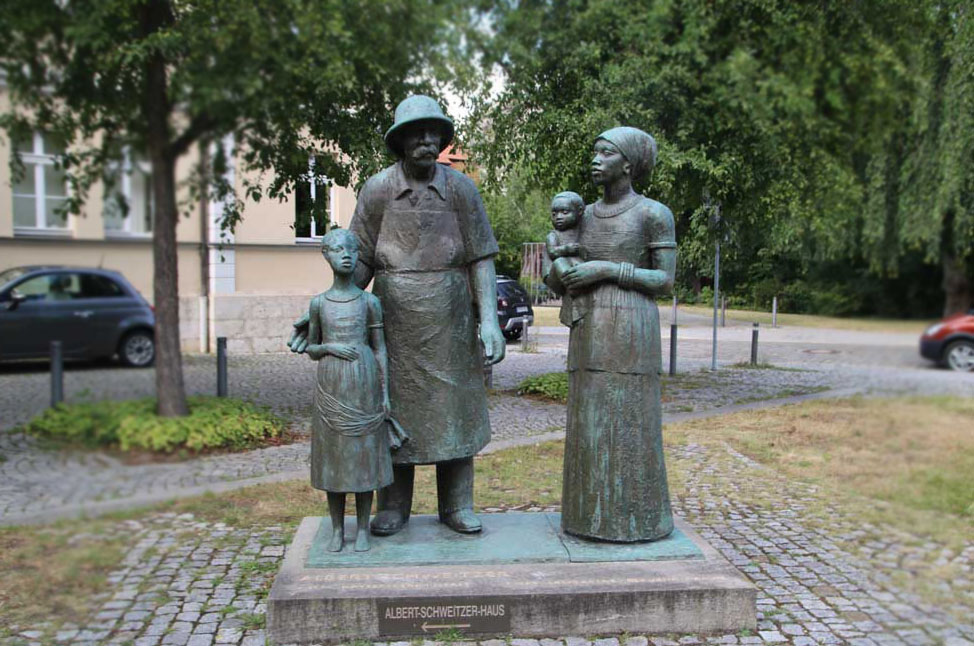
-
Altenburg (Franz Liszt)
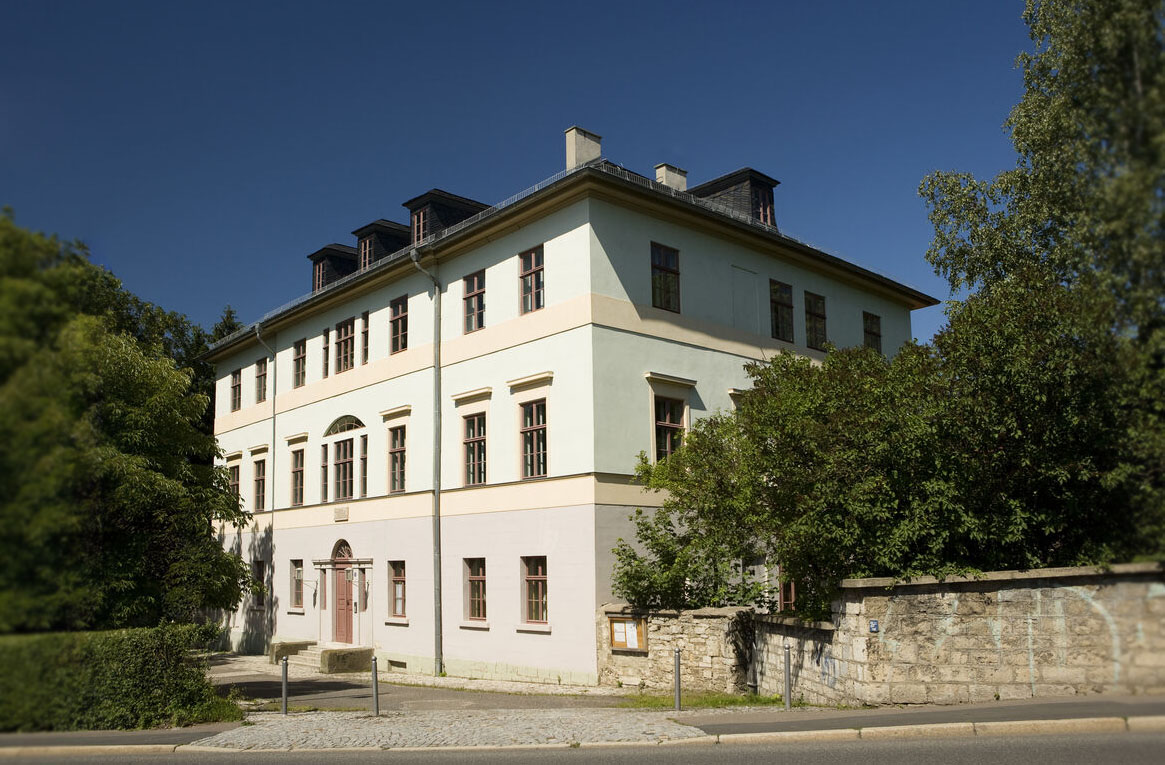
-
Atrium & ehemaliges Gauforum
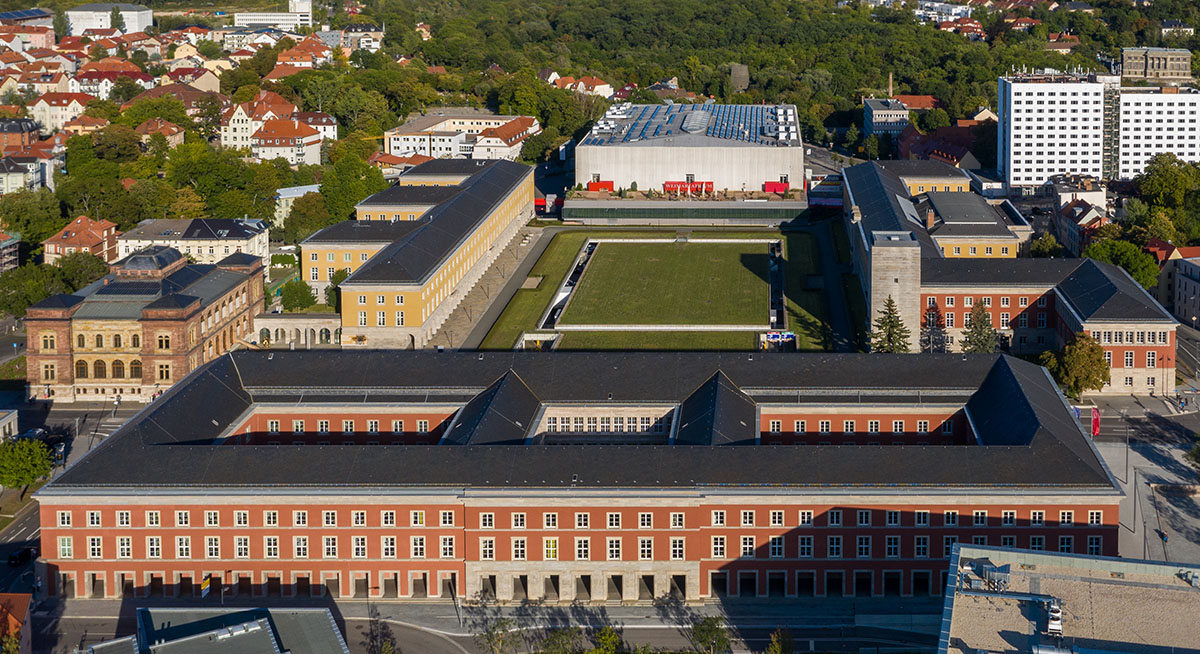
-
Bauhaus Universität (Henry van de Velde)
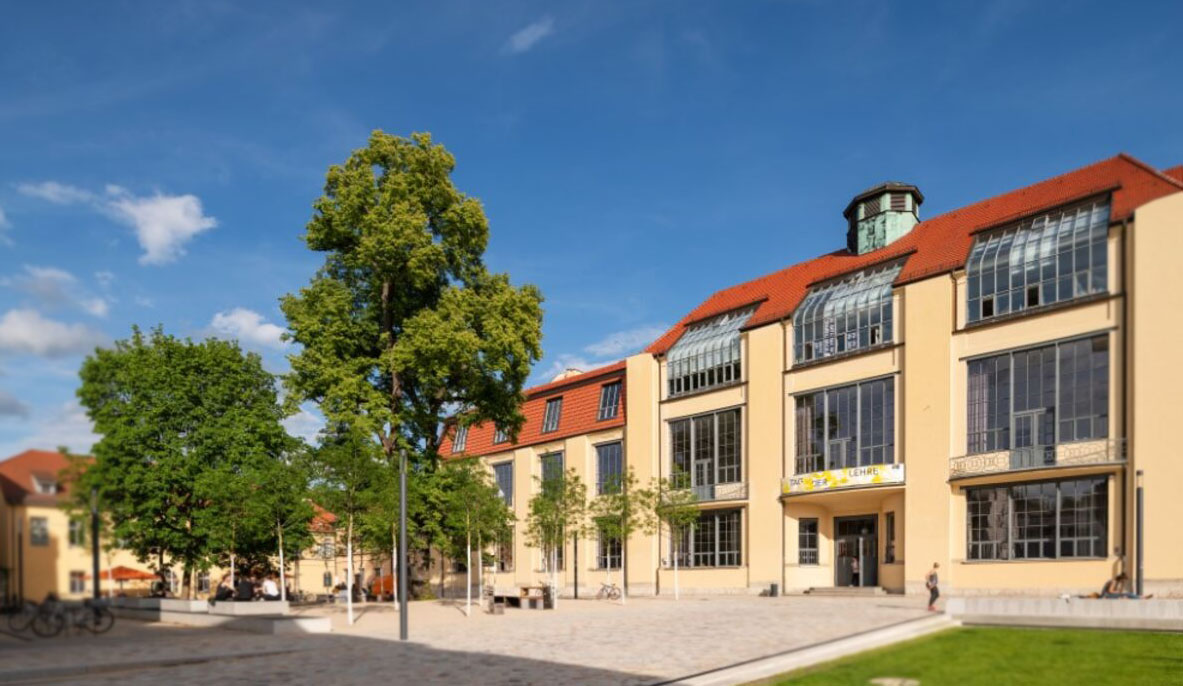
-
Bauhaus: Haus am Horn
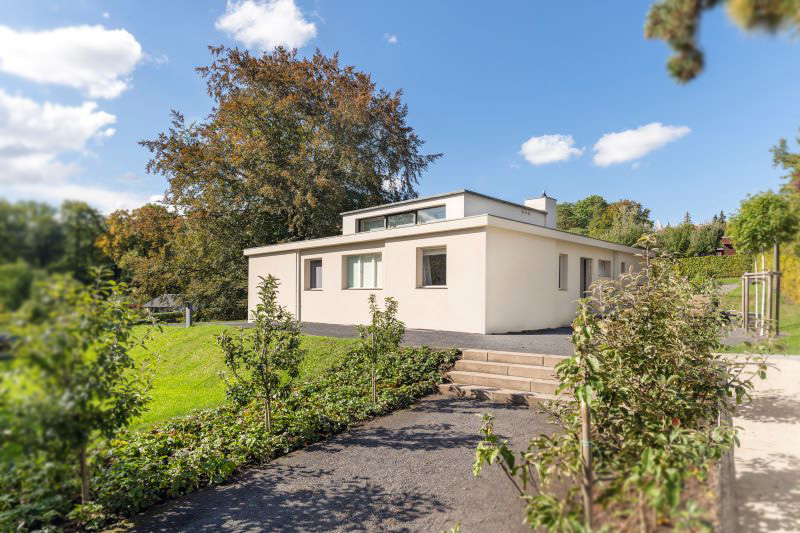
-
Carl Heinrich Ferdinand Streichhan-Kaserne
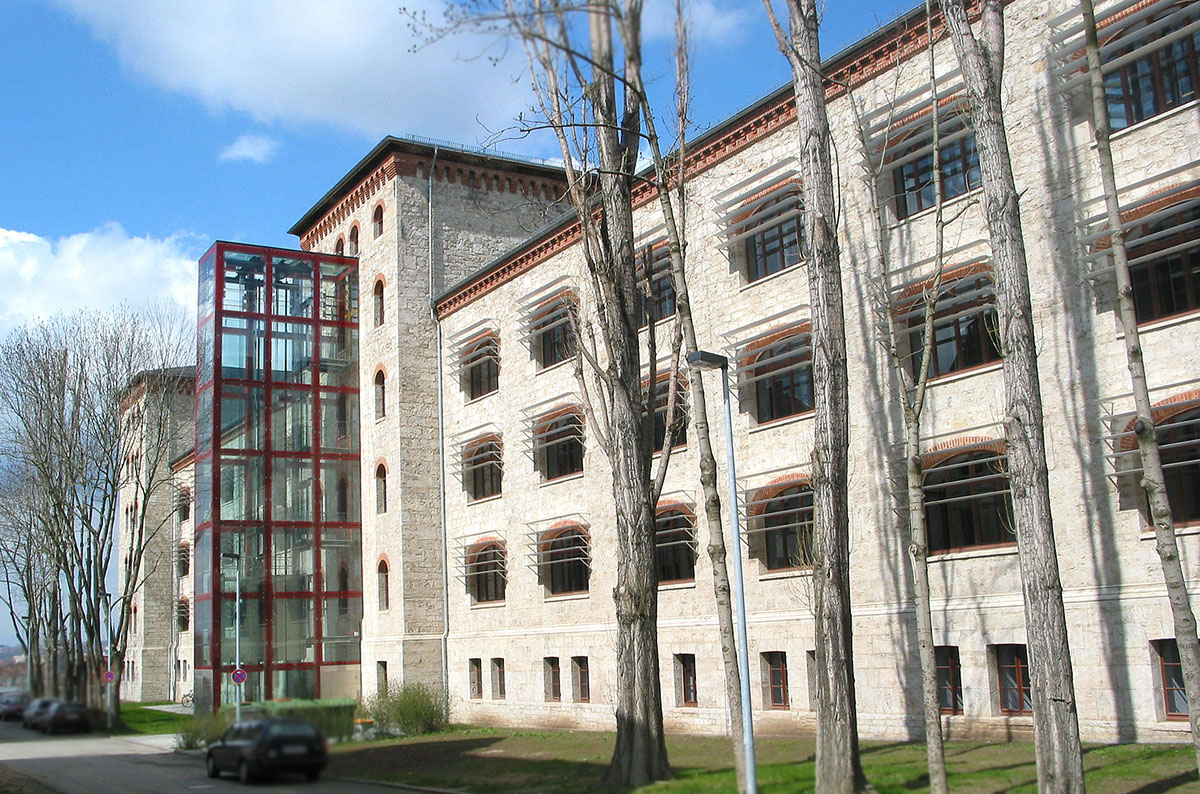
-
Cranachhaus
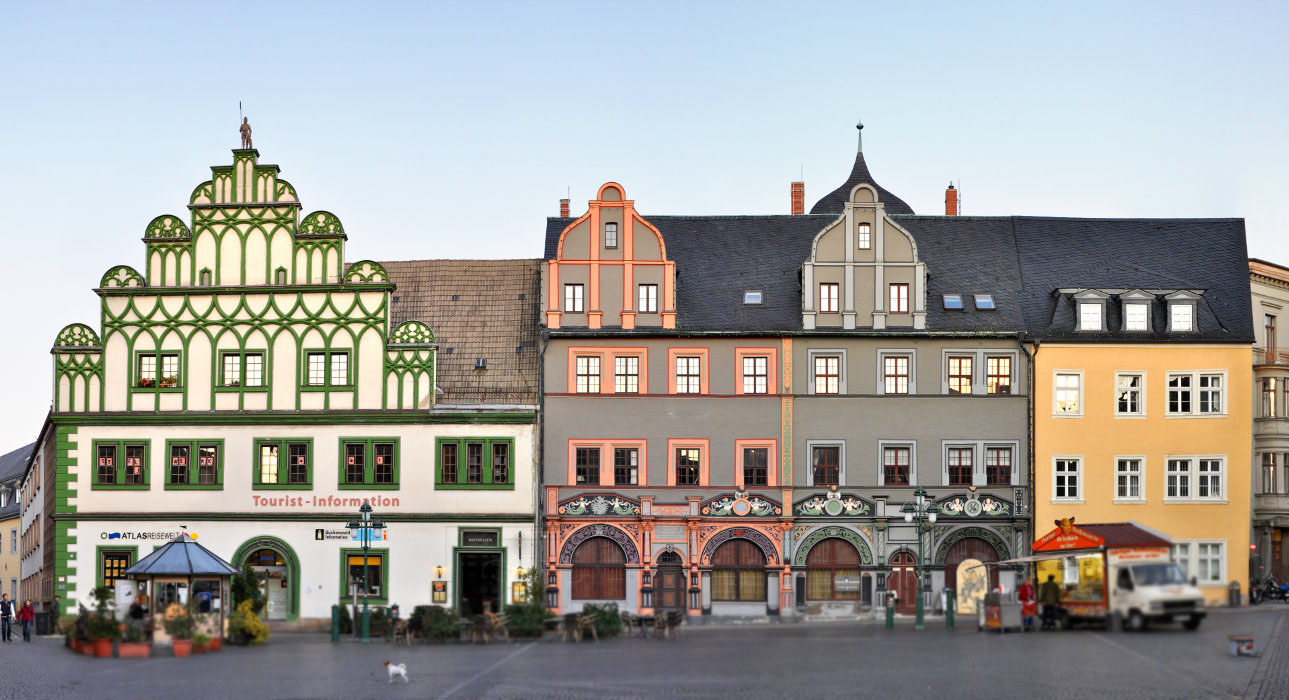
-
Denkmal Nepomuk Hummel
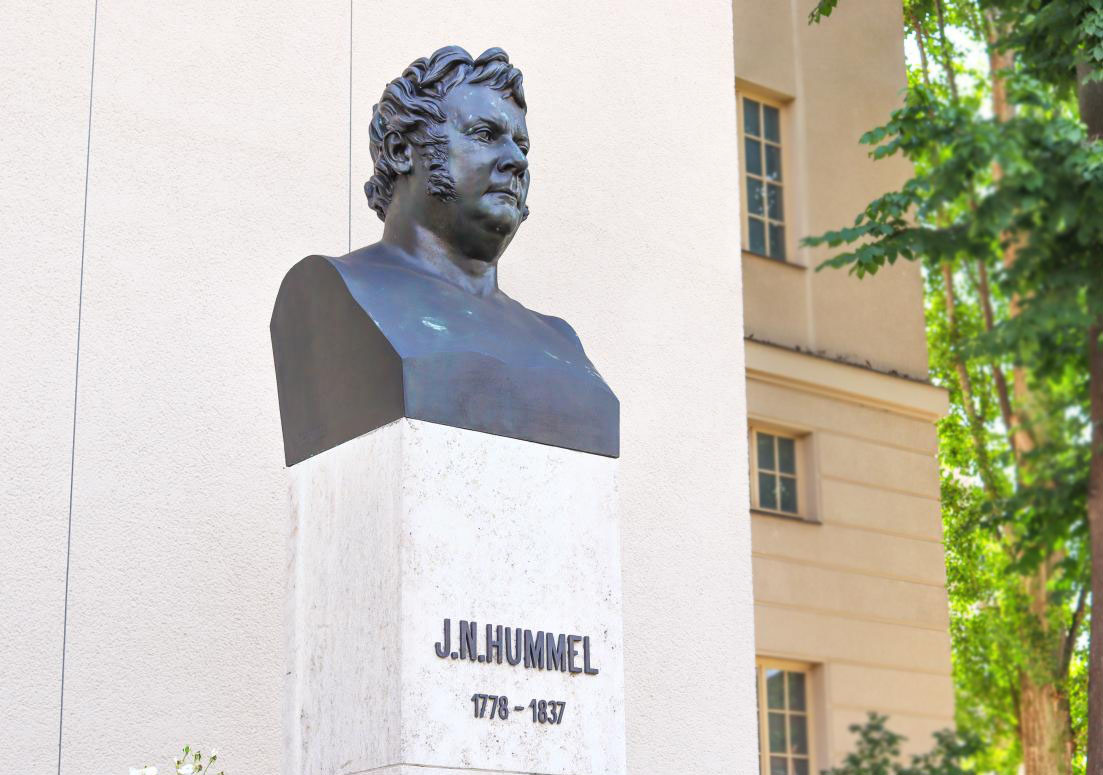
-
Denkmal Nepomuk Hummel und katholische Kirche
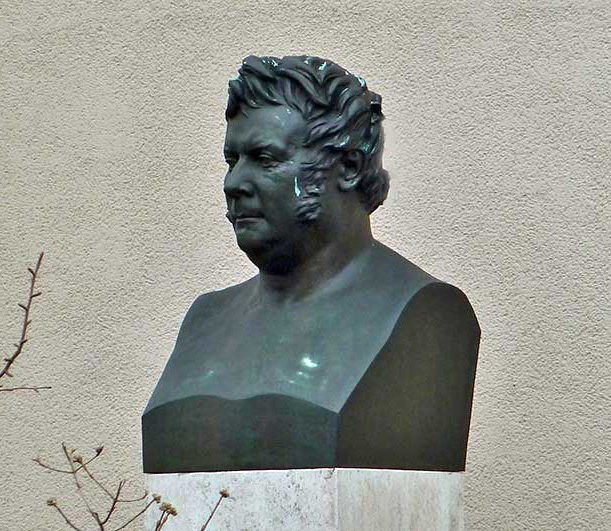
-
Deutsches Nationaltheater Goethe & Schiller Denkmal
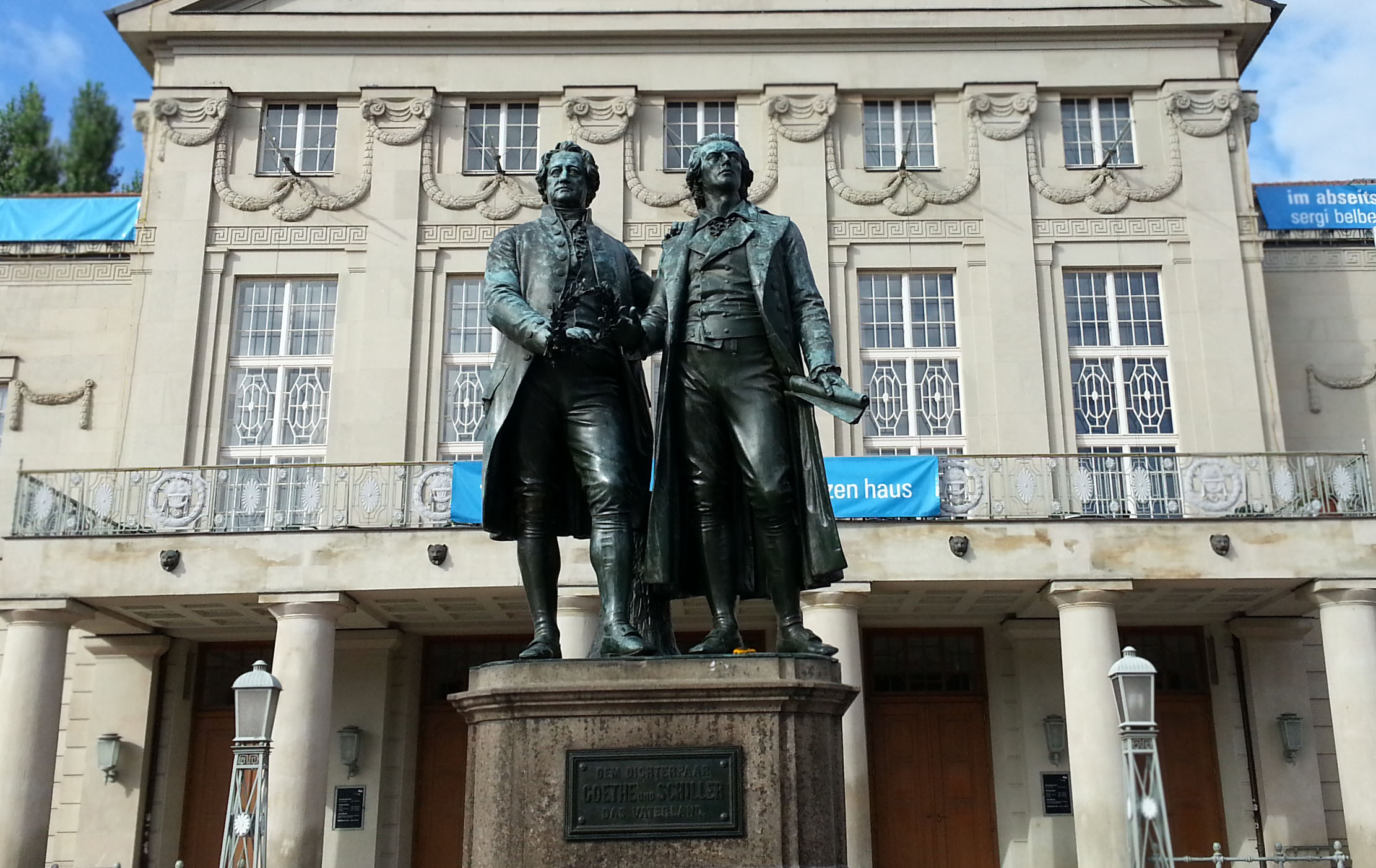
-
Ginkgobaum
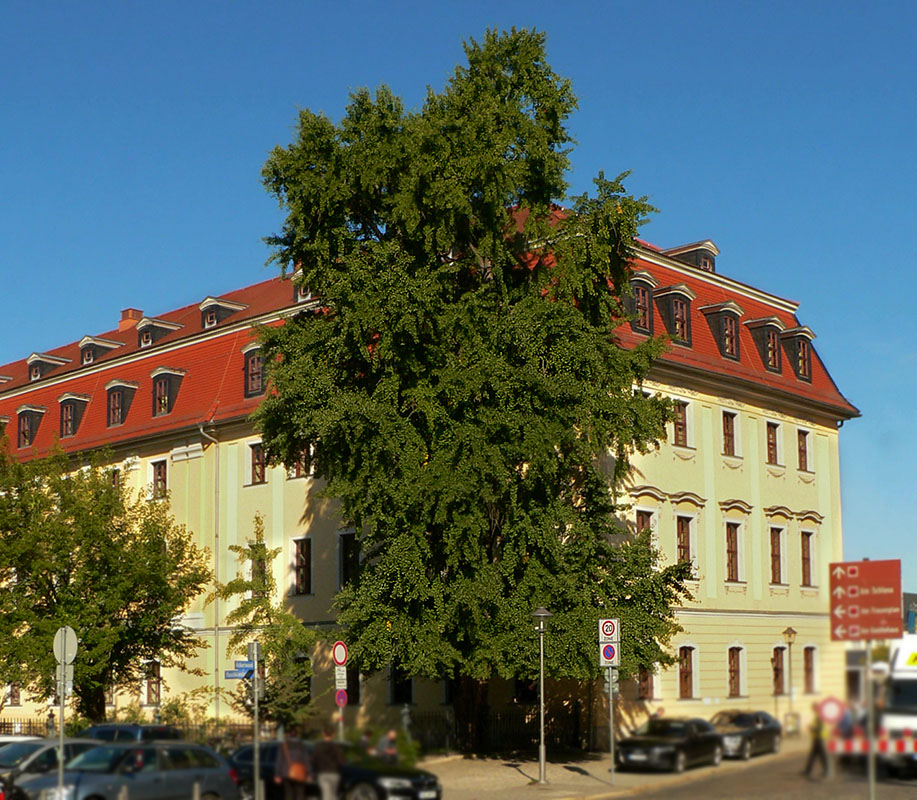
-
Goethe- & Schillerarchiv

-
Goetheplatz mit Kasseturm & Stadtmauer
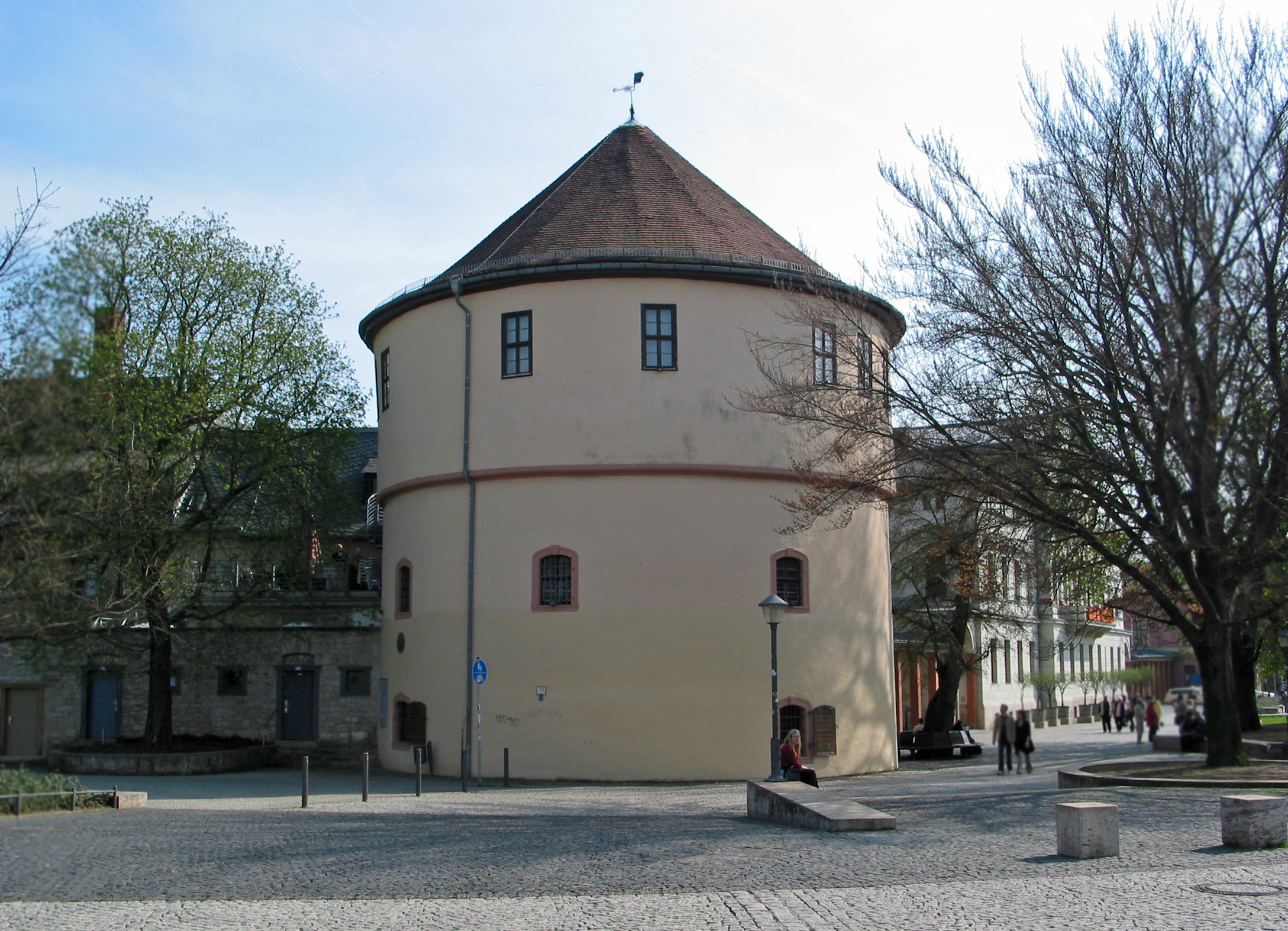
-
Goethes Wohnhaus

-
Haus am Horn
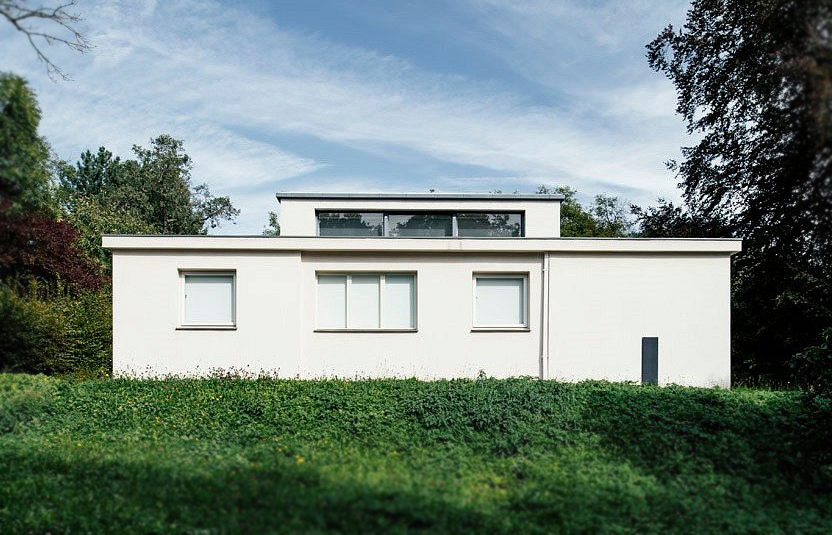
-
Haus der Charlotte von Stein
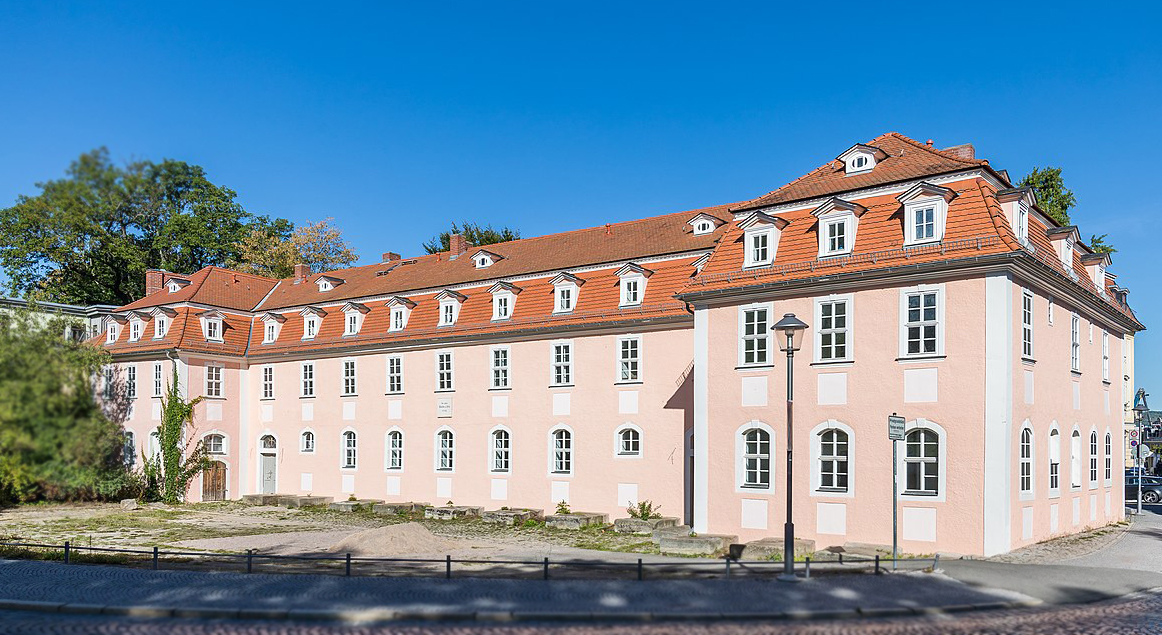
-
Herderplatz & Kirche St. Peter und Paul
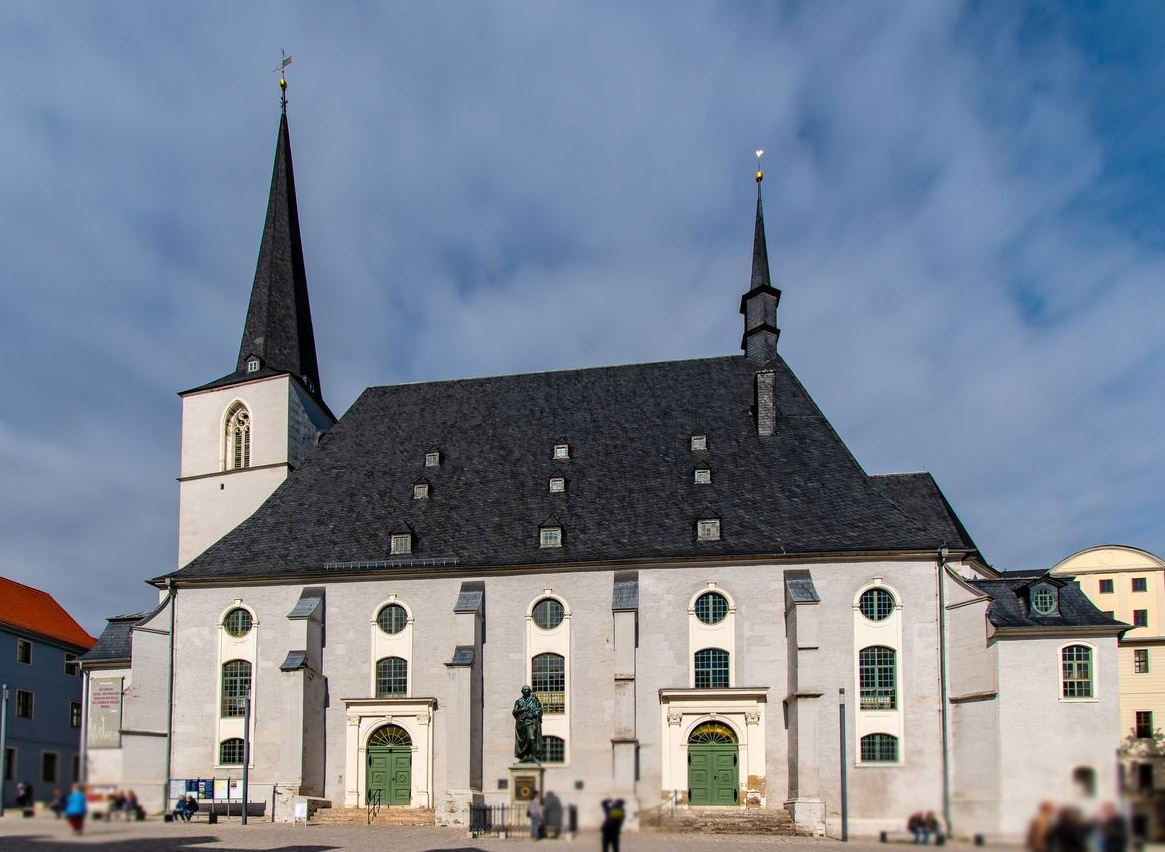
-
Herzogin Anna-Amalia-Bibliothek

-
Historischer Friedhof

-
Hochschule für Musik Franz Liszt (Fürstenhaus)
-
J. G. Herder, Kirche St. Peter und Paul
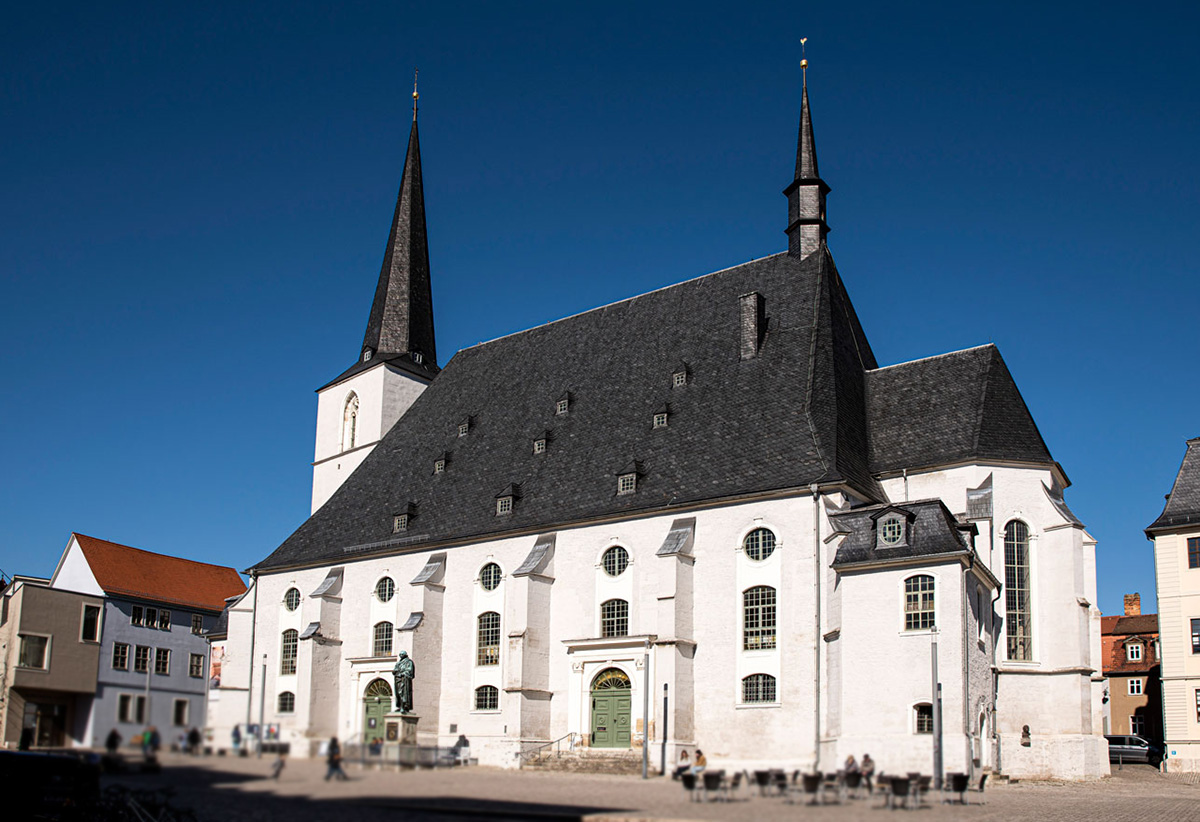
-
J. S. Bach in Weimar & Bachtafel
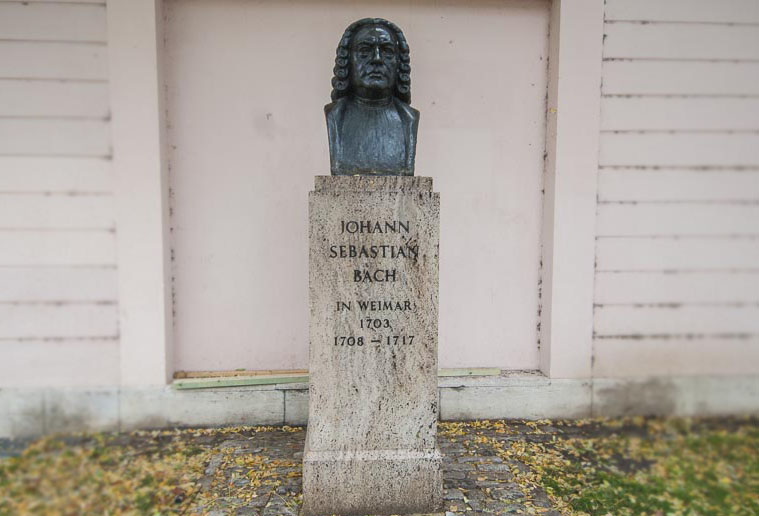
-
Katholische Kirche

-
Landesmuseum
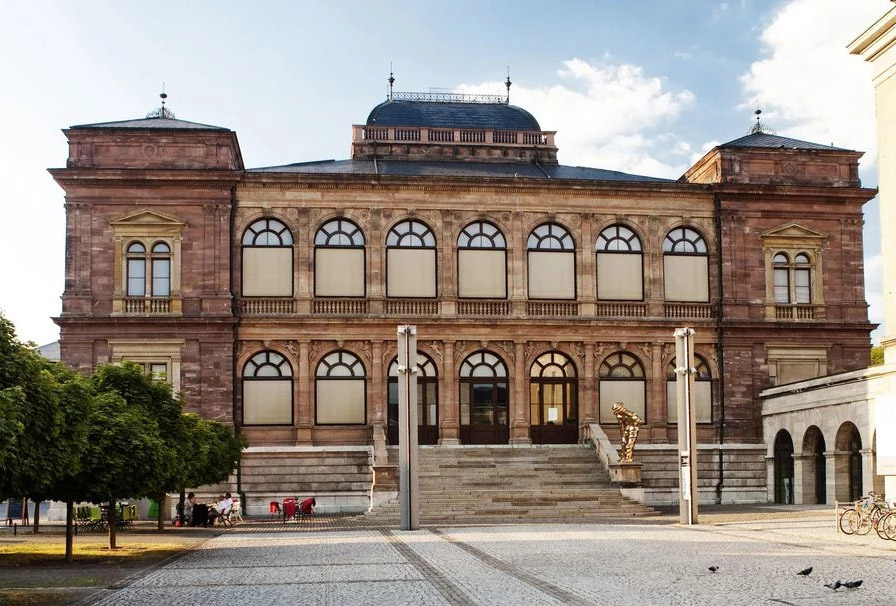
-
Liszthaus & Liszt in Weimar
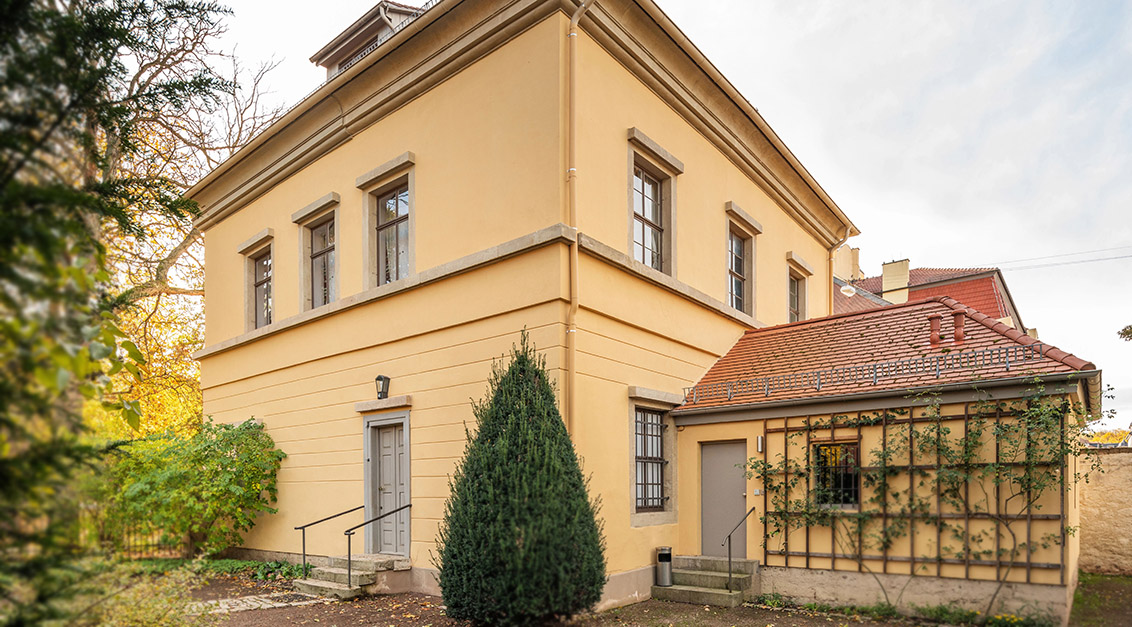
-
Markt
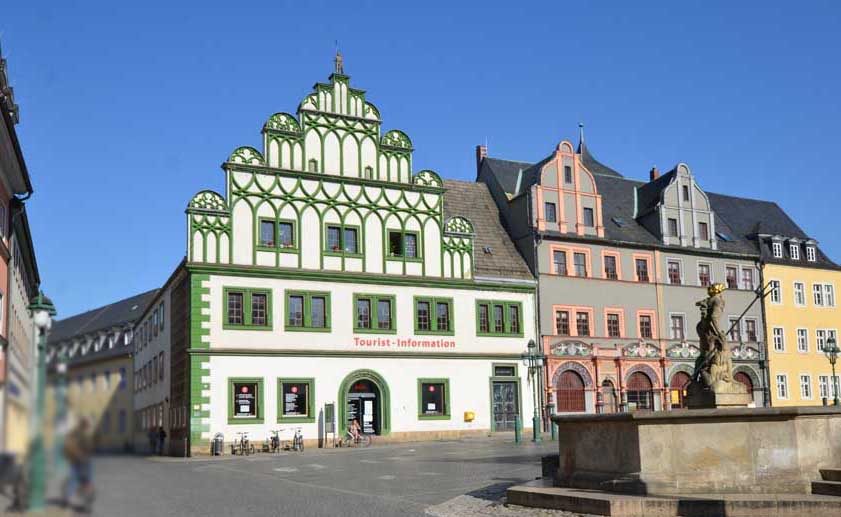
-
Marktplatz, J. S. Bach
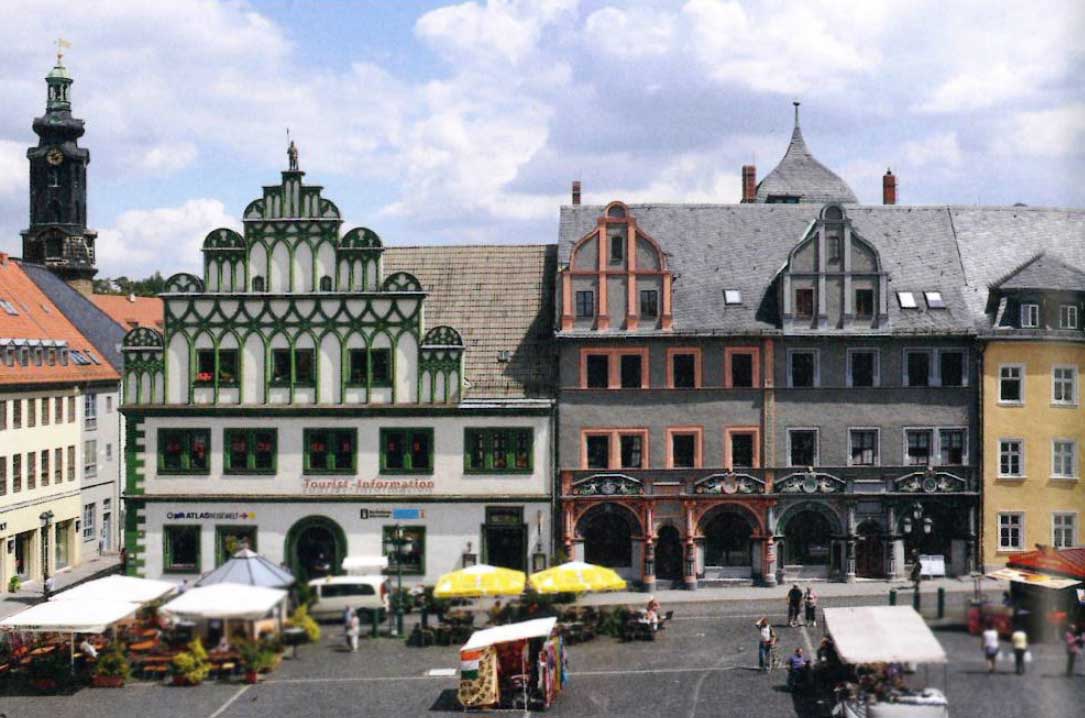
-
Marktplatz, Rathaus, Cranachhaus

-
Marstall

-
Neue Weimarhalle

-
Neues Museum

-
Parkhöhle

-
Platz der Demokratie (Fürstenplatz)
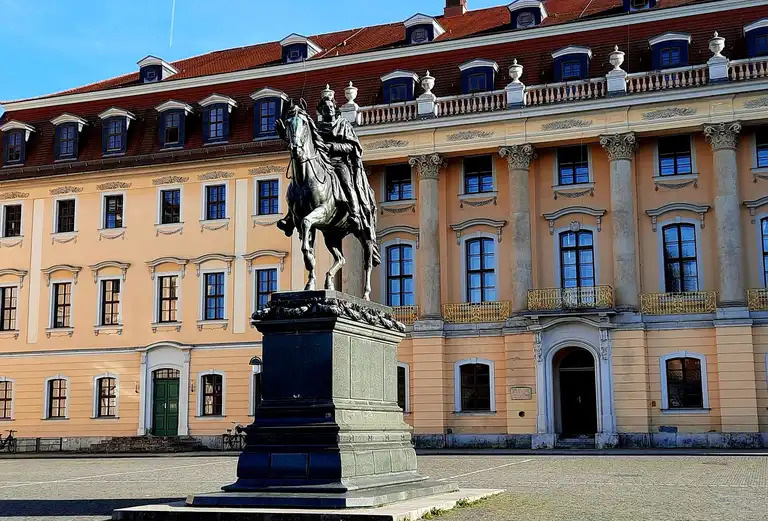
-
Platz der Demokratie, Anna Amalia Bibliothek

-
Rathaus
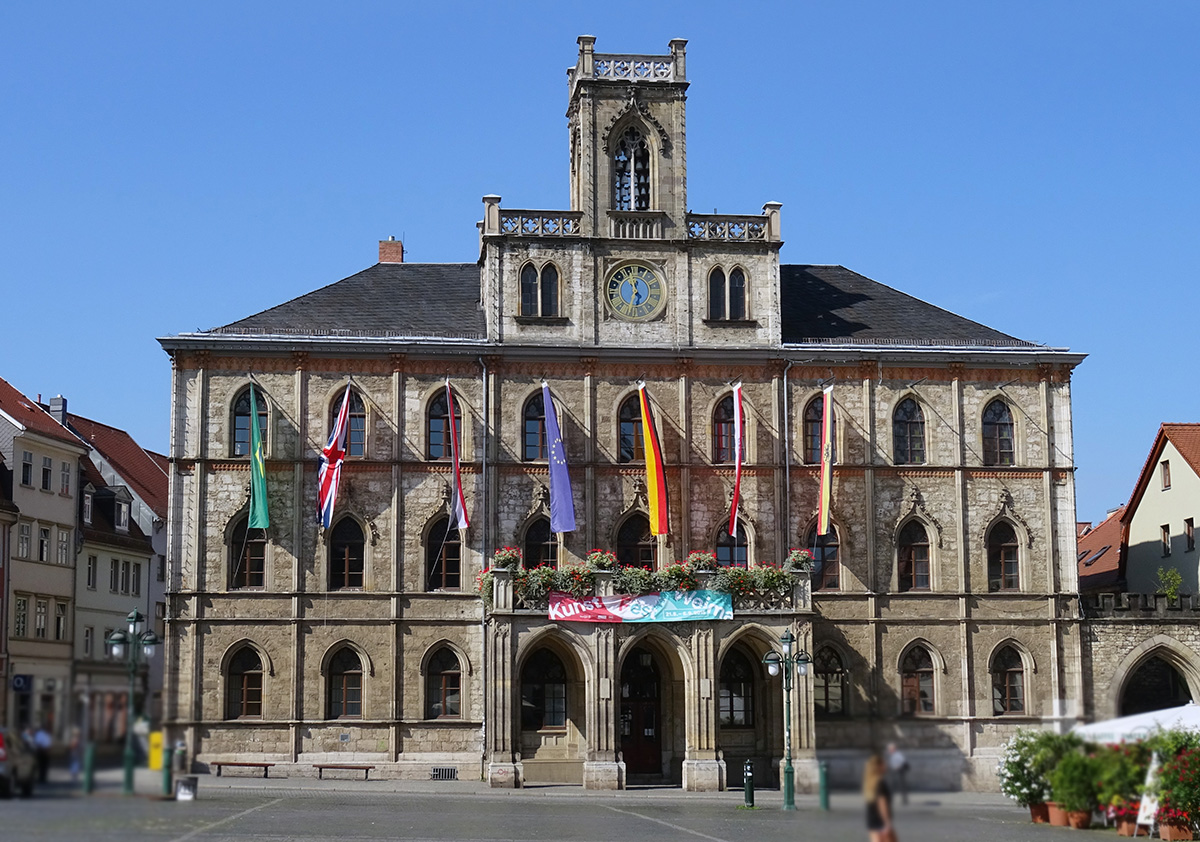
-
Reiterstandbild Carl August
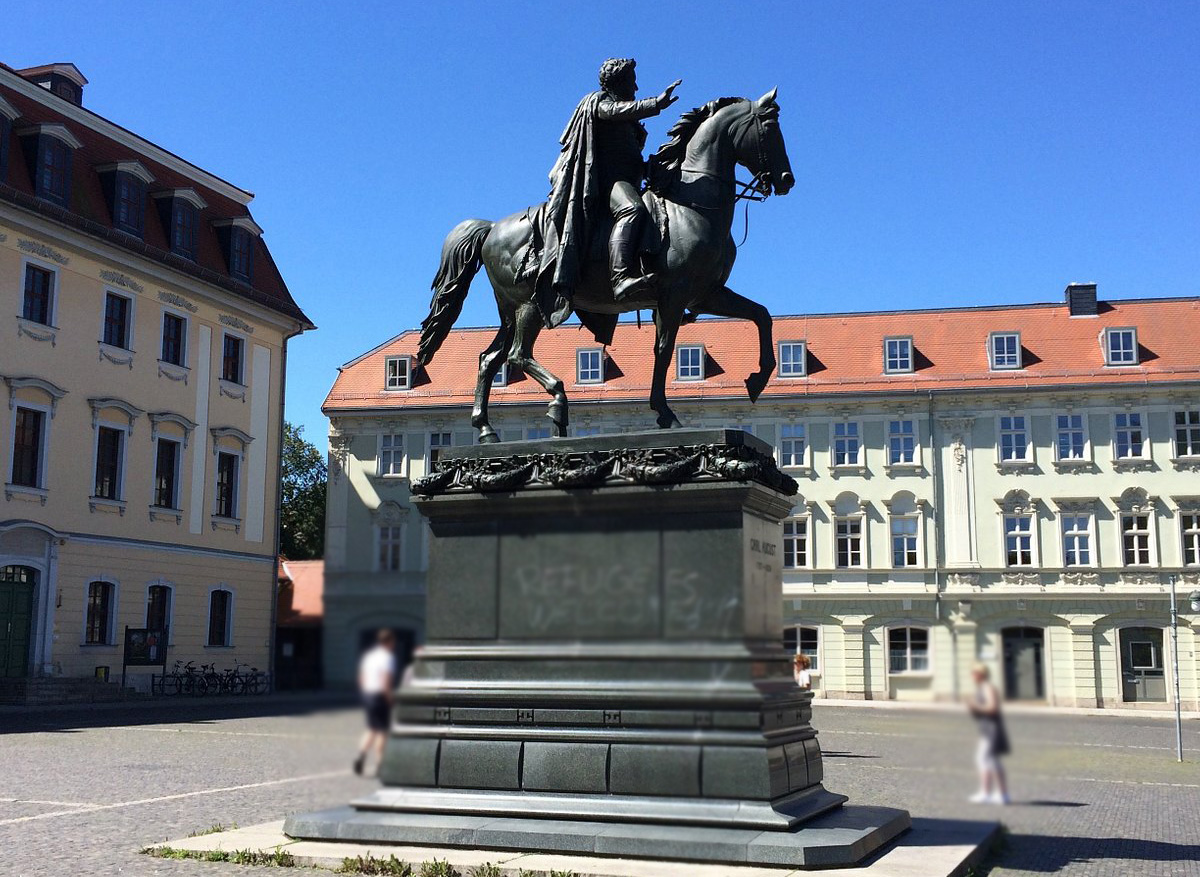
-
Römisches Haus (Carl August)

-
Schloss Belvedere

-
Stadtmuseum
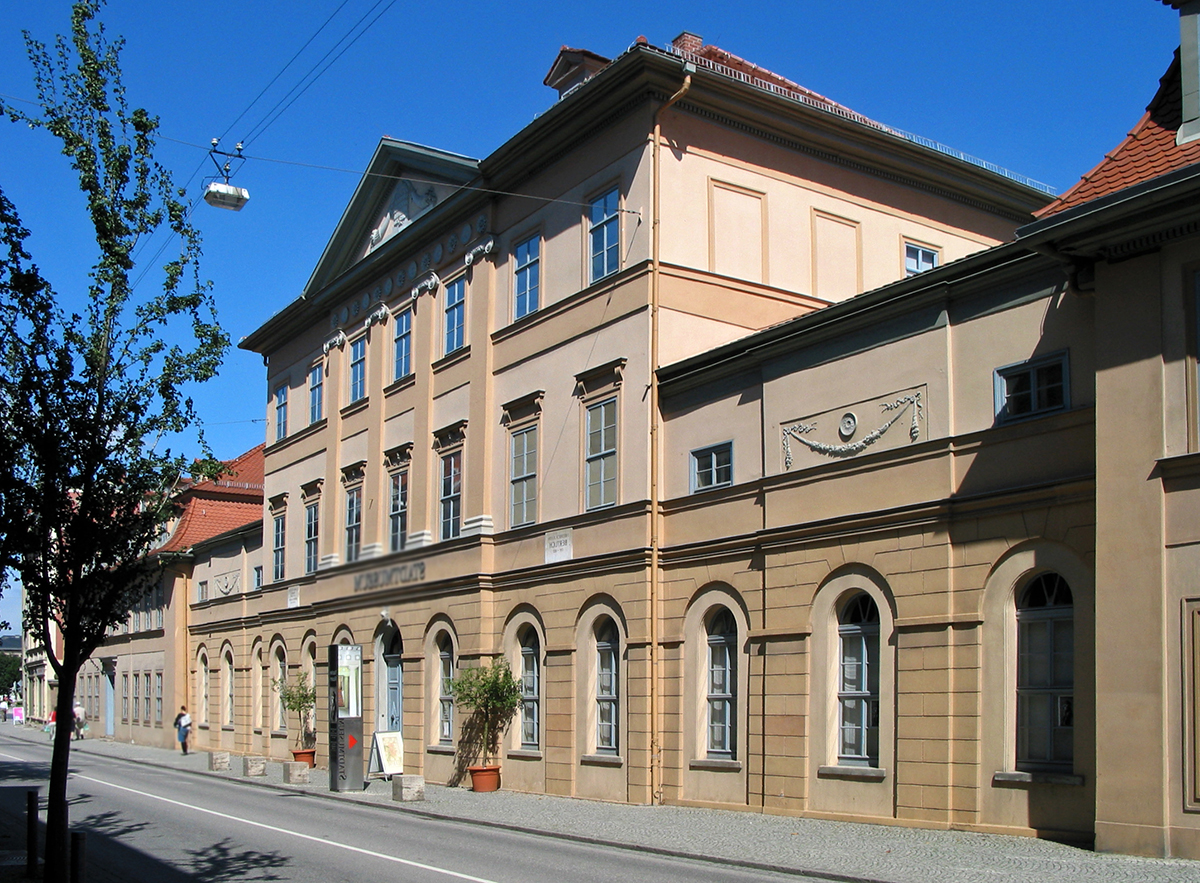
-
Stadtschloss
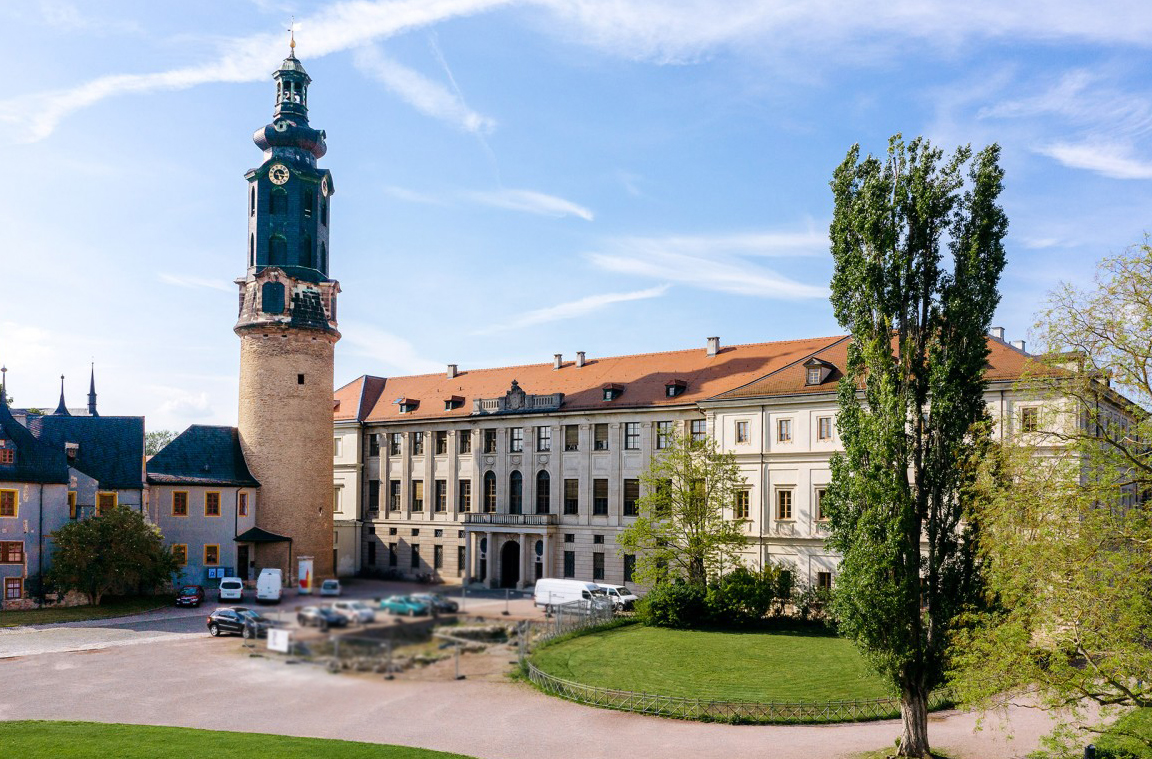
-
Standort Neues Bauhausmuseum
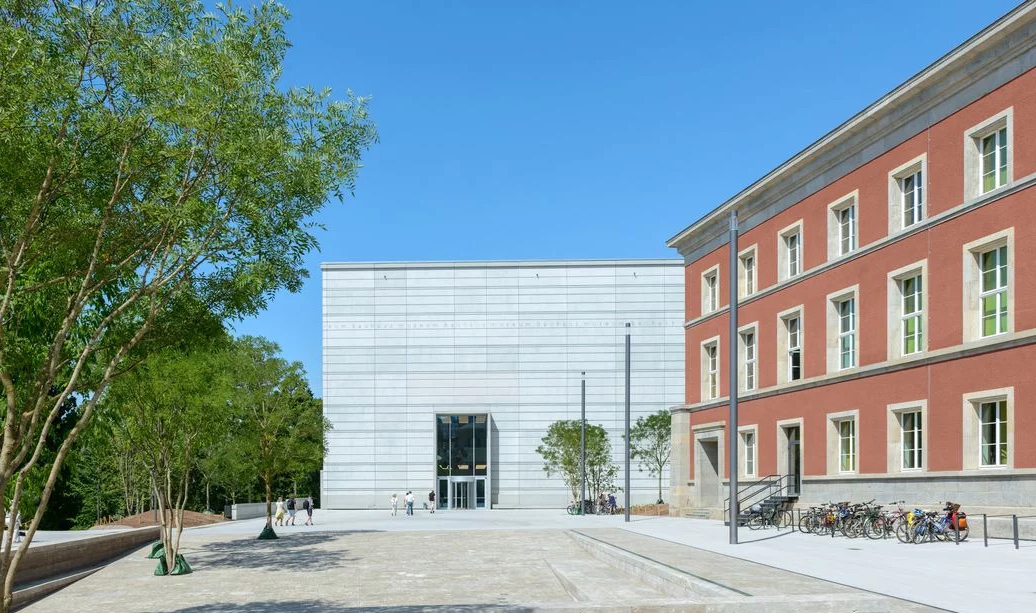
-
Villa Altenburg
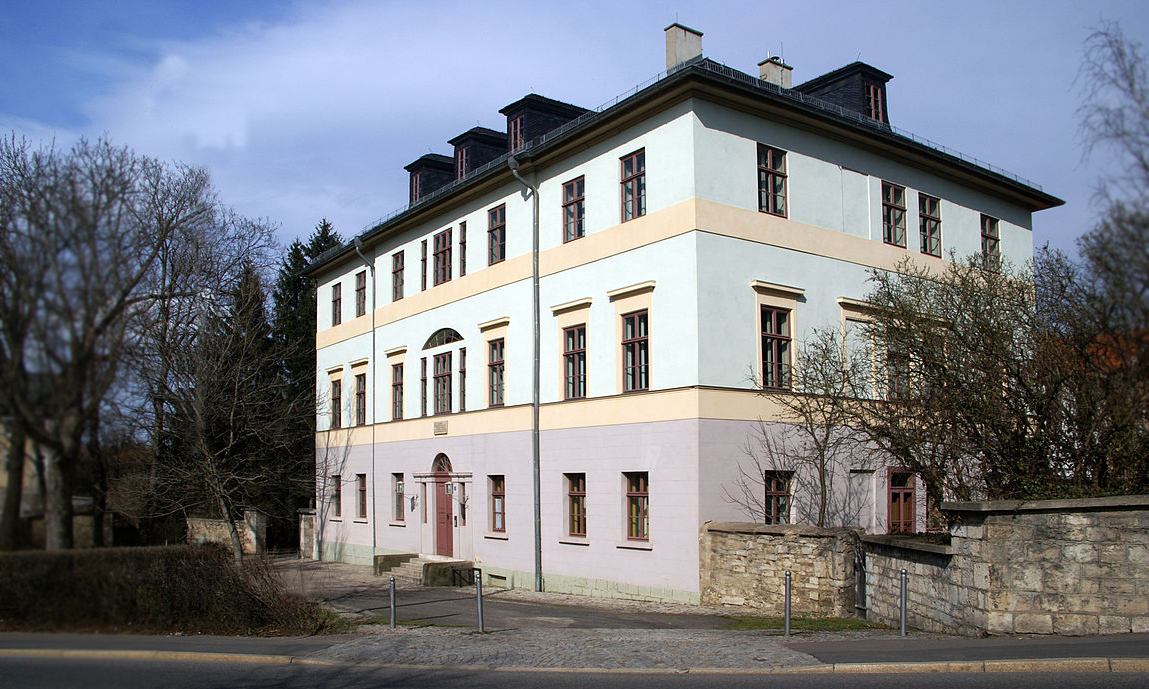
-
Welscher Garten

-
Wielanddenkmal

-
Wittumspalais
